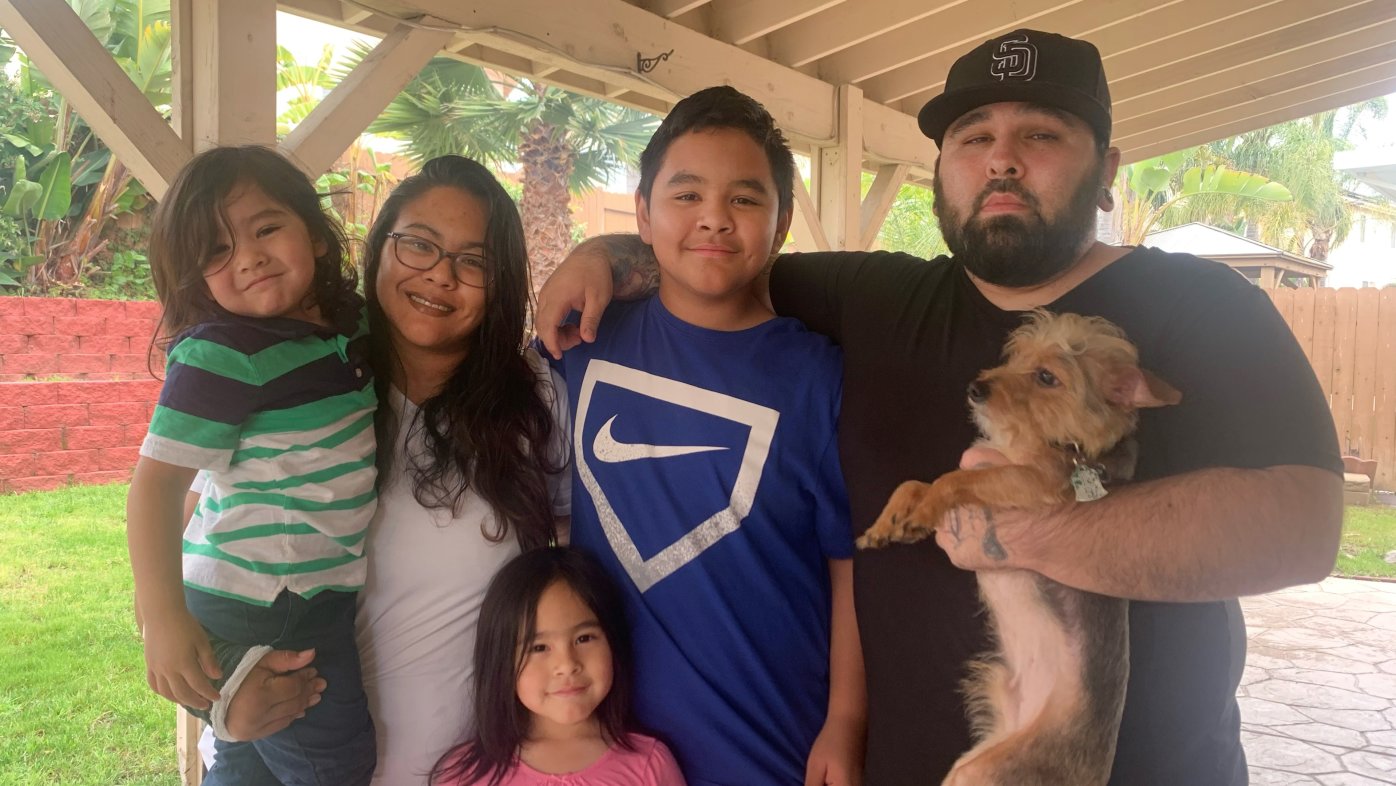
ECMO treatment gives woman a second chance at life (video)
Brandi Garcia’s severe asthma attack turned life-threatening. She credits ECMO and her Sharp caregivers for saving her life.
When you enter a restaurant, how much thought do you put into what you’re about to eat? You might consider what type of food the restaurant serves, what you’re craving in that moment and whether the meal will be a healthy one.
Dr. Angie Neison, a board-certified family medicine doctor with Sharp Rees-Stealy Medical Group with a passion for culinary medicine, is asking you — as well as those who prepare your food — to also think about where the food you order came from and how your choices affect the environment.
This is all part of her yearlong quest to spread the word about food sustainability and bring sustainable food menus to Sharp HealthCare. Sharp Rees-Stealy Medical Group is the first local medical group to adopt a sustainable food menu for all staff meetings.
According to Dr. Neison, sustainable food menus take into account how food is produced, purchased, prepared, consumed and discarded. The basic principles are similar to what she and her colleagues at Sharp Rees-Stealy already recommend to patients — a diet high in plants and whole grains, and low in animal products and processed foods — combined with an eye on how the food makes it to your plate and the ways it may impact the planet.
“Being the first medical group in San Diego to adopt sustainable menus for all of our meetings is another way we can ‘walk the walk’ and make food choices that are good for our health, as well as the health of our planet,” she says.
Sustainable food menus reflect an understanding and respect for economic, environmental and ethical concerns, including:
The impact on the earth and its oceans during food growth
What is in season and can be grown or produced locally
The amount of water used to create the food
How food is — or is not — packaged
The economic impact on the region and its people
The welfare of animals used
How much of the food can be used, rather than wasted
How long it travels to get to your plate and the amount of resources used to get it there
Whether normally discarded ingredients can instead be repurposed
Portion sizes and how they may lead to greater or less waste
Accessibility and affordability of food for all
“These programs have a strong educational focus to create awareness of food and agricultural issues,” she says. “Along with being healthy for you, they incorporate a smaller carbon footprint, less waste and more local ingredients, such as using foods grown in our own hospital gardens.”
Furthermore, slowing climate change through the use of sustainable food menus can lead to the prevention of future illness. Extreme weather events — wildfires, hurricanes, droughts and flood — caused by climate change can exacerbate chronic health conditions, such as asthma; expand the range of infectious diseases; increase physical injuries; and worsen mental health conditions.
“People may be more willing to make changes for their health knowing that it will also impact the environment,” Dr. Neison says. “It is a step forward for human and planetary health.”
In other words, what’s good for the planet is also good for you. “We are only as healthy as the environment in which we live,” she says.
Our weekly email brings you the latest health tips, recipes and stories.